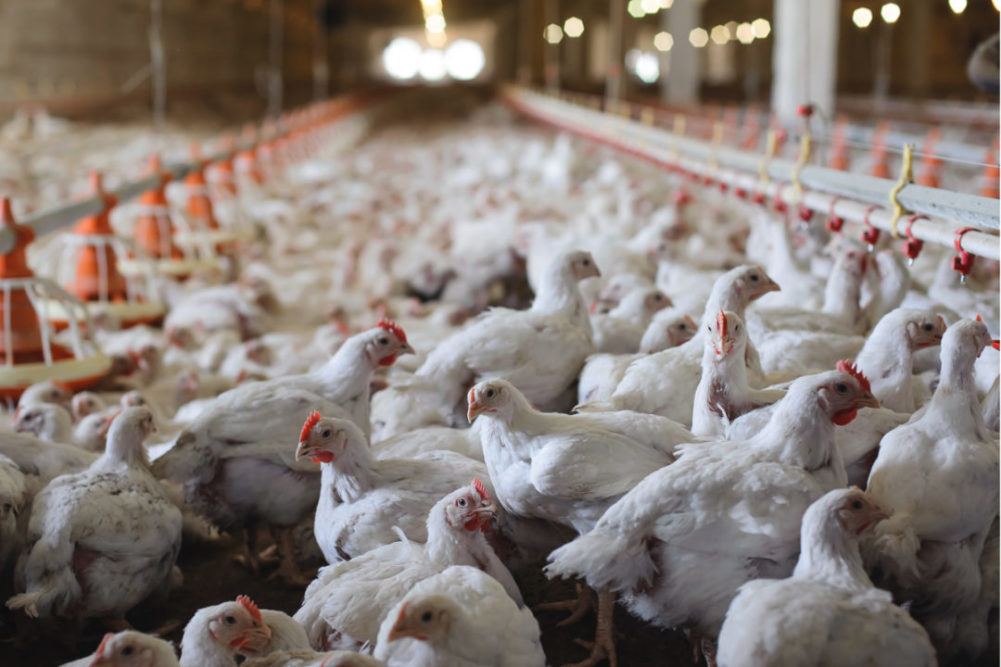UTRECHT, NETHERLANDS – Dealing with volatile poultry markets along with pressures from foodservice and wholesale customers will be a balancing act for food companies throughout the rest of 2020 and into 2021, according to Rabobank’s Q4 Poultry Report.
Rabobank said that the threat of new waves of the coronavirus (COVID-19) will add to the market’s ups and downs and the ongoing economic crisis. Those factors will lead to making the market more price driven.
“Over the whole year, we expect a slight increase in global poultry production, mostly as a result of poultry expansion in China and Vietnam, where African swine fever has reduced pork availability, and also from expansion in the US,” said Nan-Dirk Mulder, senior analyst for animal protein at Rabobank. “The rest of the world will be operating in an environment of shrinking production.”
Mulder pointed out that global trade has become more difficult as well with most import markets reducing volumes. Trading into markets such as China, the Philippines and Vietnam has become more important and raises the risk on local production recovery.
“Exporters like Brazil, the US and Russia are focused on China, with export volumes expanding quickly, but with price concessions,” Mulder said. “The key challenge for producers in such volatile markets is to balance supply and demand, and the experience so far this year shows how difficult this is.”
The report pointed out that poultry prices dropped more sharply than other meat proteins due to its relatively high dependence on foodservice sales. According to Rabobank, foodservice represents between 20%-50% of sales in most markets, which makes it a big challenge for the industry in a market where consumers are spending most food dollars at retail.
“Companies that focus on retail channels tend to outperform because consumers have shifted from out-of-home to at-home consumption,” Rabobank said. “This shift has also heavily impacted global trade poultry, as foodservice and wholesale markets tend to have a heavier reliance on global supply than fresh retail markets.”
In the United States, Rabobank group found that composite broiler prices were 20% lower in August and down 42% year over year for leg quarters.
For China, poultry production continues to rise with a 15% increase in domestic production. The country has also posted higher imports for January through July than for the fiscal year 2019. It also is seeing lower prices for live broilers and imported poultry.
In Europe, foodservice demand began to recover after restrictions were eased in June throughout the continent. However, it is still down more than 50% in some channels. Imports remain 12% lower than last year in the first half of 2020.
Finally, Brazil continues to focus its poultry exports on China with a 29% increase in volume in July from the previous year. Reduced supply helped the country recover its prices; however, higher feed prices have been challenging.


